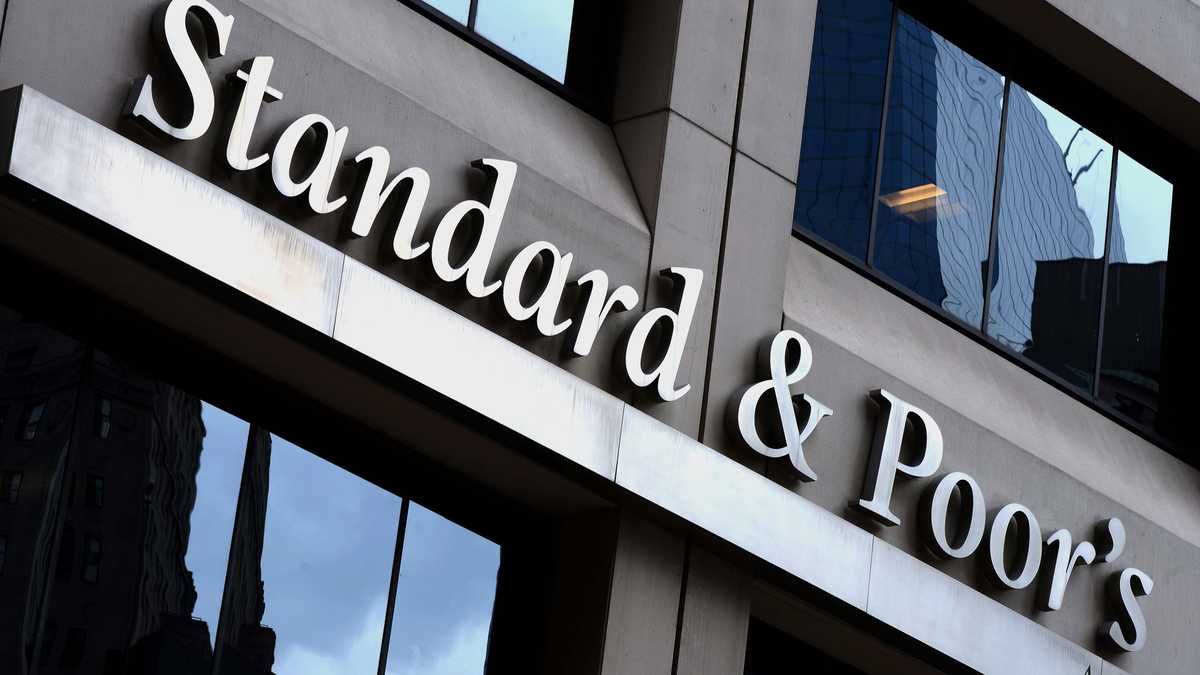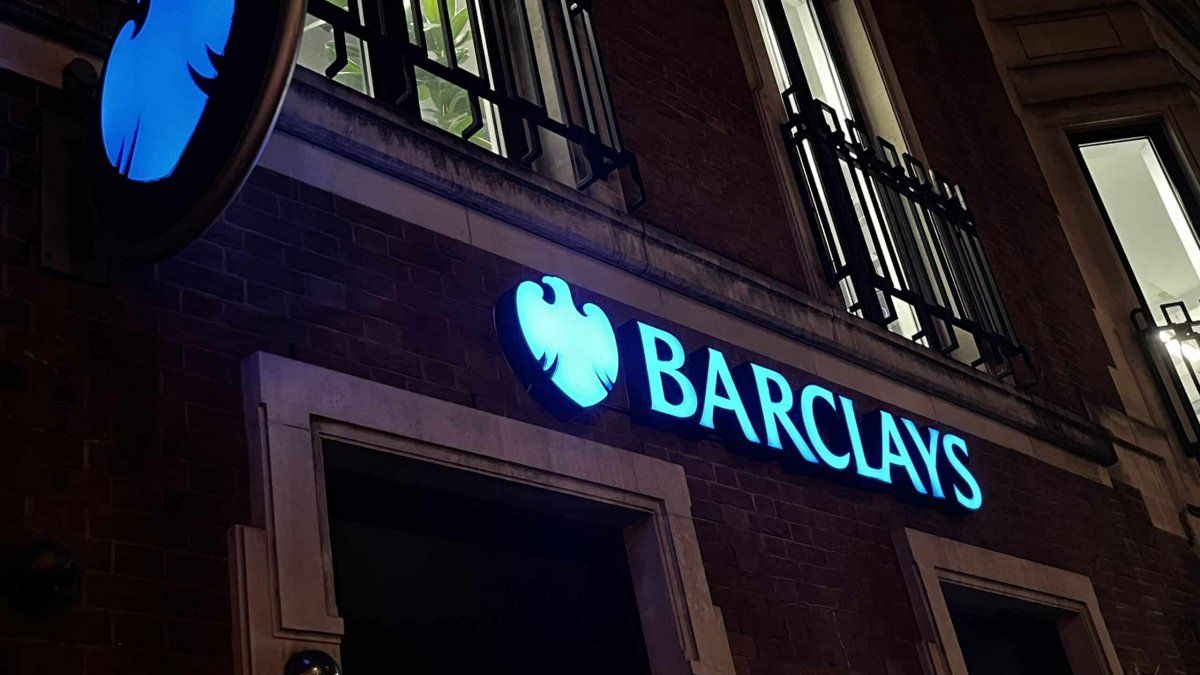According to the rating agency, this year there have been 29 defaults by companies around the world, the highest number so far this year since the 36 recorded in the same period of 2009.
He non-payment by three major American healthcare companies shakes up the market and puts the spotlight on the business sector in that country. Radiology Partners, Pluto Acquisition and Cano Health are among those affected, and according to Standard & Poor’s Financial Services.
The content you want to access is exclusive to subscribers.
One of the main reasons behind these failures is the application of the No Surprises Law. This legislation, implemented in 2022, aims to limit excessive charges to patients for treatments not chosen and not covered by insurance.


According to the rating agency, this year there have been 29 defaults by companies around the world, the highest number so far this year since the 36 recorded in the same period of 2009.
“What is happening is exactly what has been happening since [la Reserva Federal] interest rates began to rise“in March 2022, said Torsten Slok, chief economist at the Apollo investment group. “Default rates are rising (…) because higher interest rates continue to hit highly leveraged companies harder and harder“.
The implementation of the No Surprises Law caused a wave of non-compliance in the healthcare sector, with significant consequences for the companies involved. The measure seeks to protect patients from unexpected and exorbitant costs, but has put pressure on some companies that depended on that revenue to maintain their financial stability.
S&P’s warning
This year, about half of the companies that have defaulted globally were classified by S&P as “distressed exchanges“. These agreements usually involve creditors receiving assets worth less than the face value of their debt. It is a strategy that can help borrowers and private equity sponsors avoid costly bankruptcy proceedings, but at the expense of investors and creditors.
The situation underlines the financial challenges facing healthcare companies, especially in a changing regulatory context and with constant pressure to contain costs. Investors and analysts are watching how these companies will handle their financial problems and whether they will be able to adapt to an increasingly complex and regulated environment.
Source: Ambito
I am a 24-year-old writer and journalist who has been working in the news industry for the past two years. I write primarily about market news, so if you’re looking for insights into what’s going on in the stock market or economic indicators, you’ve come to the right place. I also dabble in writing articles on lifestyle trends and pop culture news.




